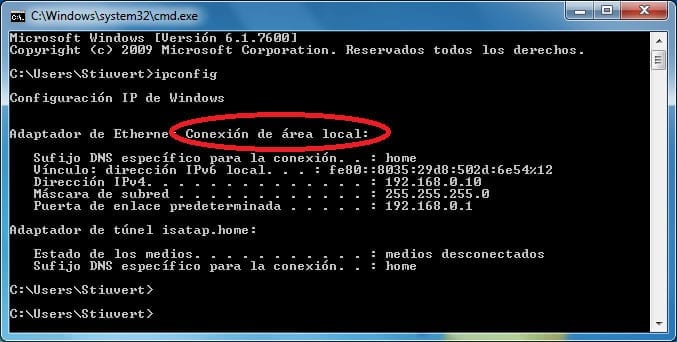If you have installed a SSD hard drive and you use the Windows 10 operating system, below we are going to give you some tricks to optimize its operation and obtain better performance.
Switch from SATA to AHCI in BIOS
First of all we have to indicate the type of storage in the BIOS, a process that will depend on the BIOS model that you have installed depending on the motherboard.
Basically we are only going to have to go to the section related to storage and there we can make the change very easily.
Activate and automate TRIM
This is one of the advantages of the new Windows 10 operating system, allowing the operating system itself to take care of inform the hard drive of those data that will no longer be necessary, thus ensuring that it is eliminated, which will not only free up storage space, but we will also have greater performance.
All we have to do is run the command “cmd” and we write the following text: fsutil behavior query disabledeletenotify
In order to know if this system is activated, the number “0”. If this is not the case, we will have to use a new command that would be the following: fsutil behavior set disabledeletenotify 0
In this way we could already be convinced that TRIM is enabled and automated.
Disable automatic shutdown of the SSD drive
First of all, it is important to keep in mind that the Consumption of SSD drives is much lower than traditional hard drives. In this sense, with an old hard drive that includes moving parts, obviously we are interested in having it disconnect automatically if it remains inactive for a while. However, with the SSD hard drive, we are not actually going to be achieving anything, so, to increase performance, the best thing we can do is avoid automatic shutdown.
To do this we must access the power options section, for which we can create the combination Windows + Q and write “Energy options".
Once the energy plan has been chosen (this will depend on our decision), the next step will be to access the configuration section of the chosen plan, that is, we are going to modify some details of the plan without the need to choose another different plan.
We will access the hard drive section and we will only have to include the value “0” in the section to choose the hard drive shutdown time.
It is also interesting configure our operating system to prevent it from going to sleep when we haven't used the computer for a while. We will also be able to carry out this configuration from this section that we have reached, and one of the main advantages is the fact that, when a computer goes into suspension, the temporary data is automatically transcribed to the hard drive, a process that would basically be reducing the useful life of our device.
Industrial Engineering student and lover of writing and technology, for several years I have participated in various pages with the aim of always keeping myself informed of the latest trends and contributing my grain of sand in this immense dissemination network that we know as the Internet.




